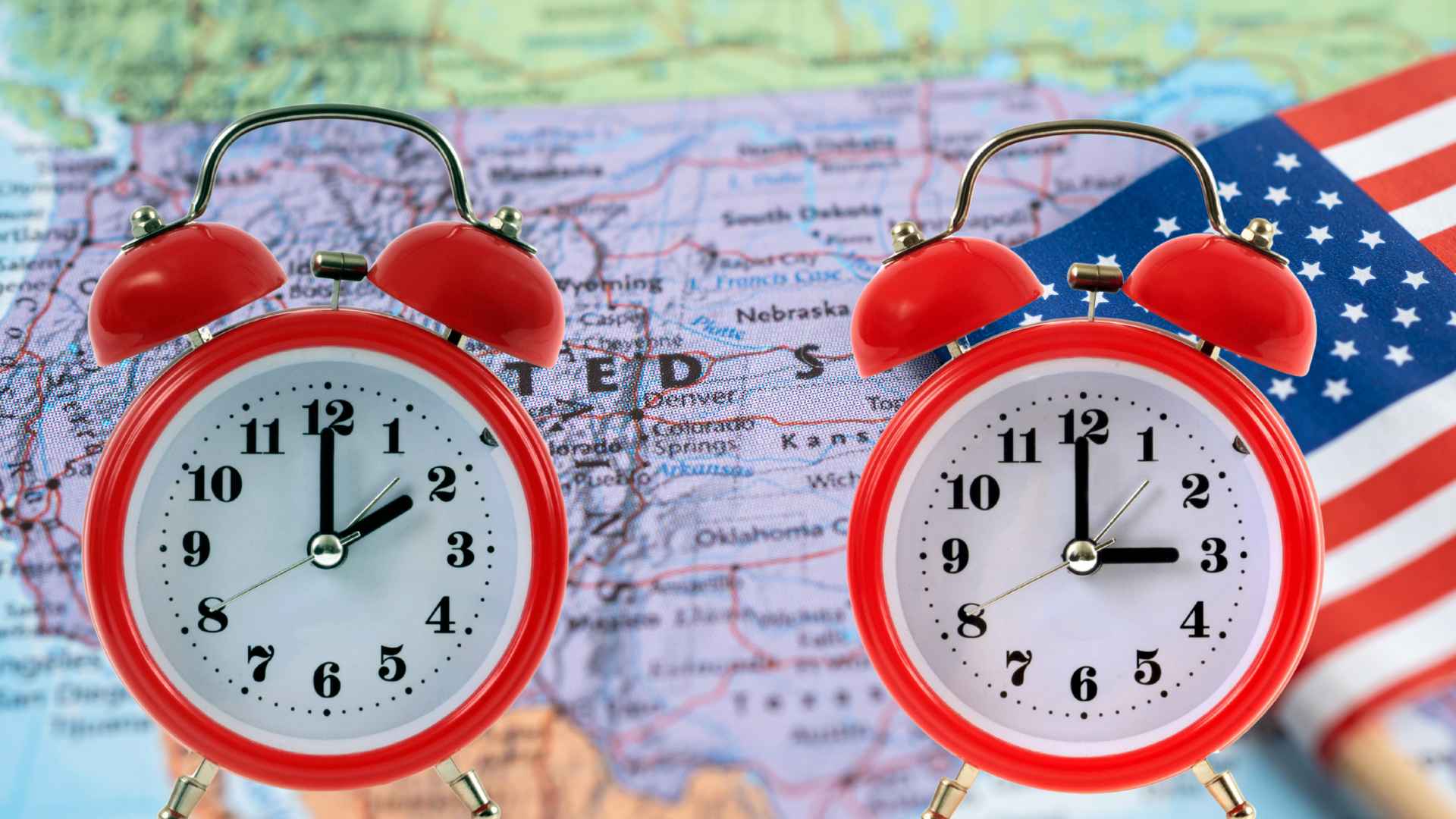Daylight saving time began on March 9, but the return to standard time arrives sooner than usual—at 2:00 a.m. on Sunday, November 2, 2025.
If you rely on afternoon daylight, pay attention: all states except Arizona and Hawaii will roll clocks back one hour at 2:00 a.m., instantly making it 1:00 a.m. The shift happens a day earlier than last year and marks the start of standard time through March 2026.
How and when exactly to set your clocks back on November 2
Wondering what to do the night before? Simply turn manual timepieces back one hour before bed on Saturday, November 1, or let smartphones update automatically. Here are the must‑know facts:
- Change moment: 2:00 a.m. becomes 1:00 a.m. Sunday.
- Who skips the ritual: Arizona (except the Navajo Nation) and Hawaii.
- Why it matters: an extra hour of sleep and darker evenings.
Does flipping the clock twice a year still make sense? Lawmakers keep asking. The Senate passed the Sunshine Protection Act in 2022 to lock the nation on daylight saving time, but the House stalled. A re‑introduced version in January 2025 reignited debate, with supporters citing economic and health benefits and critics warning of darker winter mornings.
Gallup polling shows 54 percent of Americans would scrap the change altogether; nearly half would rather stick with permanent standard time. Clearly, the public mood is shifting.
Key historical milestones that shaped daylight saving time rules in the United States
The idea is hardly new. “Fast Time” debuted in 1918 to conserve fuel during World War I, lapsed, and resurfaced as “War Time” under President Franklin D. Roosevelt in 1942. The patchwork ended with the 1966 Uniform Time Act, which still guides today’s schedule.
| Year | Clocks spring forward | Clocks fall back |
|---|---|---|
| 2025 | March 9, 2:00 a.m. | November 2, 2:00 a.m. |
| 2026 | March 8, 2:00 a.m. | November 1, 2:00 a.m. |
After November 2, expect sunrise to arrive earlier and twilight to fade sooner—perfect for early risers, not so great for evening joggers.
Set a reminder, enjoy the bonus hour, and watch the ongoing debate; future Novembers may look very different.

